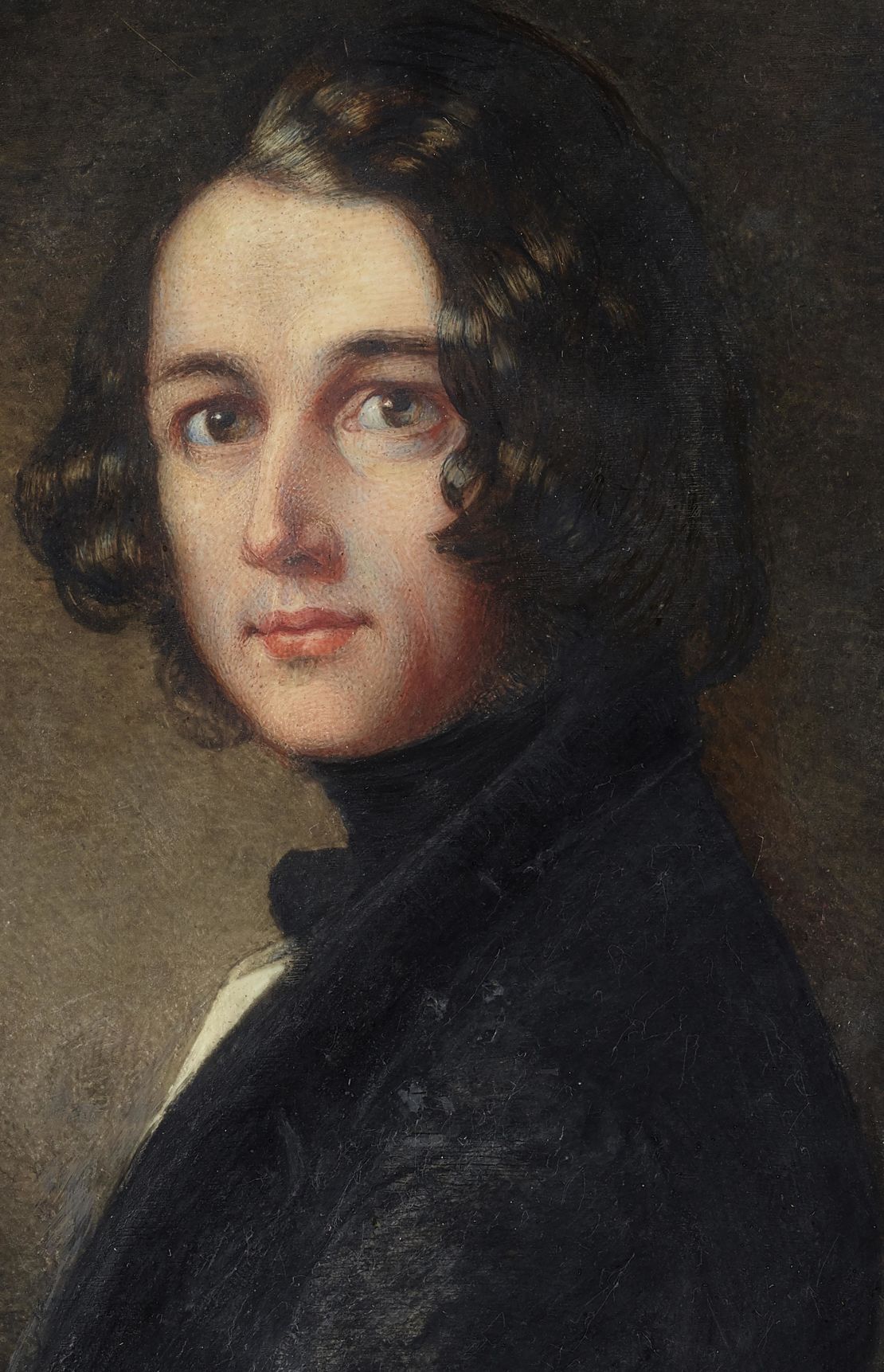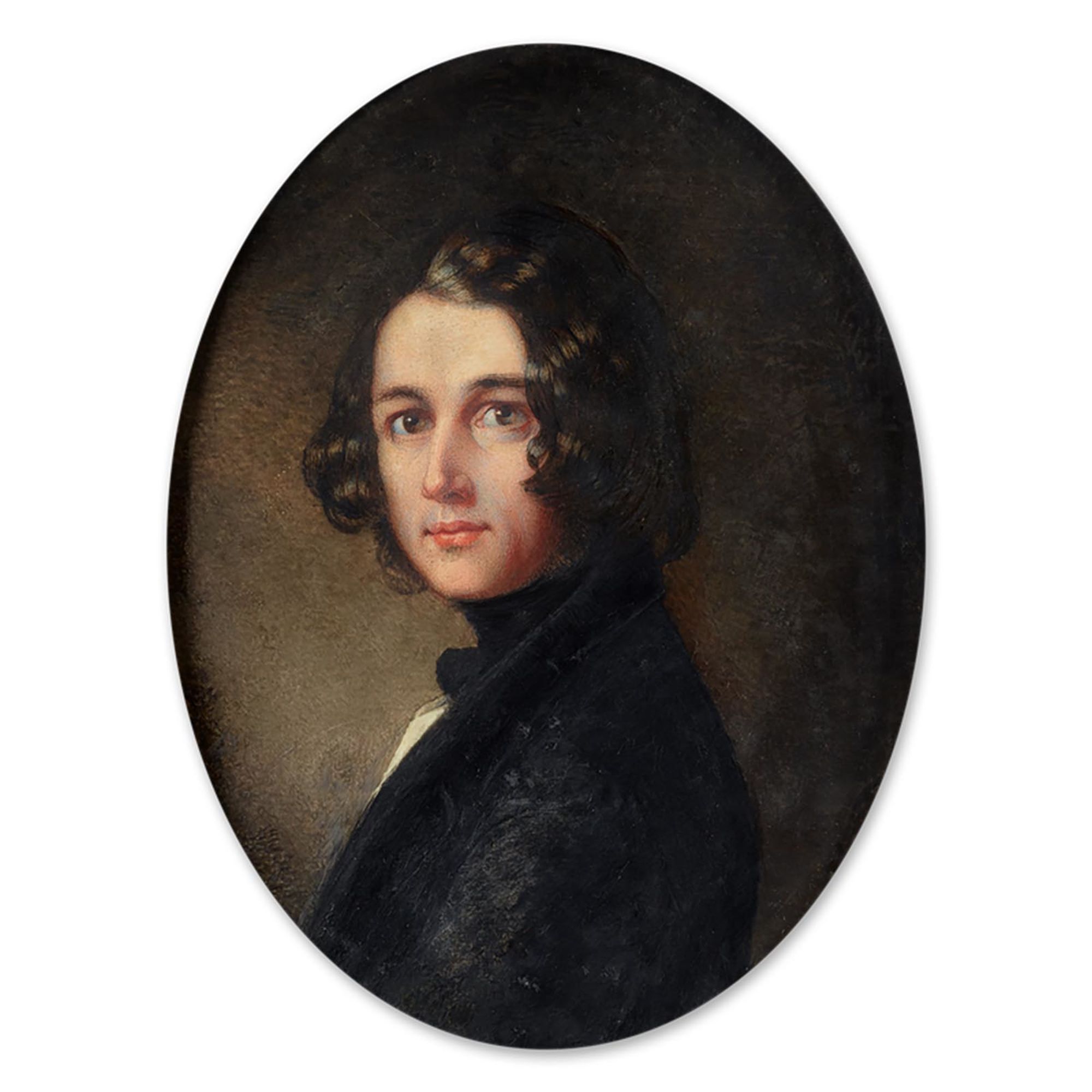Sometime in the late 19th century a palm-sized portrait of Charles Dickens was reported unaccounted for by its artist, Margaret Gillies. Attempts to locate the work failed and it was consigned to history.
But earlier this year the lost painting, estimated to be worth up to a quarter of a million dollars, was found languishing in a box of bric-a-brac at a house clearance sale in the South African city of Pietermaritzburg.
Knowing they had found something special, the buyers sent the piece to London to be authenticated.
“It was electrifying when it first came into the gallery, even though it was obscured by mold,” art dealer Philip Mould, whose firm Philip Mould & Company authenticated the work, told CNN.
“He is really dashing in the portrait, with brown eyes that fix you – which the poet Elizabeth Barrett Browning described as eagle eyes.”

Mould said Dickens’ eyes “shone through” in the portrait in spite of the damage, adding that it took two months to restore the artwork.
“It was almost as if he was coming to life,” Mould, said of the portrait, which will be on public display at his gallery from Thursday – its first London exhibition since 1844.
Celebrated writer
Mould said the picture captures Dickens on the precipice of stardom.
“It was a time of insecurity (for Dickens). He had two flops, ‘The Life and Adventures of Martin Chuzzlewit’ and ‘Barnaby Rudge,’ and he needed something to get out of this,” he said.
The portrait was done over six to seven sittings in late 1843, when Dickens was 31 and writing what would be a bestseller, “A Christmas Carol.”
The book, which centered around the redemption of Ebenezer Scrooge around Christmas, showed that “everyone has capacity for compassion,” Cindy Sughrue, director of the Charles Dickens Museum in London, told CNN.
It also led some commentators to claim that Dickens popularized Christmas, which was considered a second-rate holiday in the early 19th century.
The picture is one of a handful of painted portraits of the author, which is why the Charles Dickens Museum is keen to add it to its permanent collection.
The museum is seeking to raise the $230,532 needed to buy the painting. (Sughrue said Mould had offered the sell it to the museum at “a greatly reduced price.”)
Shared interests
The portrait is also remarkable for its female artist, Sughrue said.
Gillies, like Dickens, shared an interest in social reform. She was an early supporter of women’s suffrage and, according to her correspondences with Dickens, had spirited debates with the author, whose works showed great empathy toward the vulnerable of post-Victorian society.
Lost and found: Incredible works discovered
How her work made it to South Africa remains patchy. Research by Philip Mould & Company suggest it arrived there via one of the two sons of George Henry Lewes, whose partner was another celebrated author, George Eliot.
“Both Gillies and Dickens were close to the Lewes family and Gillies’ adopted daughter was married to another of Lewes’ sons,” Philip Mould & Company said in a statement.
Mould, who investigates the provenance of artworks on the BBC’s “Fake or Fortune” show, says he has made a career out of finding lost art, including pieces by the 15th-century Dutch painter Jan van Eyck and English painter Thomas Gainsborough.
But finding the lost Dickens miniature, he said, has been “our most exciting find in terms of historical importance.”























